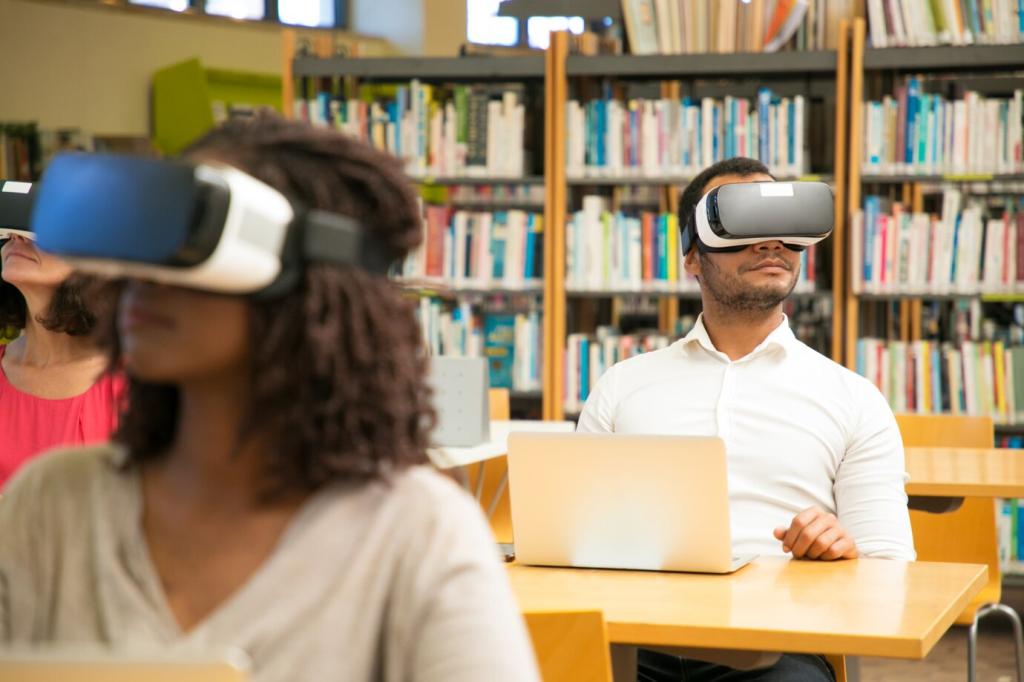AI in the Classroom: Promise and Protections
Use age-appropriate AI tools to brainstorm outlines, generate practice questions, or visualize complex systems. Always follow with human critique and revision. Have students compare their drafts before and after assistance. What classroom prompt produced the most surprising improvements?
AI in the Classroom: Promise and Protections
Teach children to document how tools were used and to credit sources clearly. Use rubrics emphasizing ideas, process notes, and oral reflections. Invite students to explain choices in short conferences. Share your rubric adaptations; we’ll compile community samples for inspiration.





